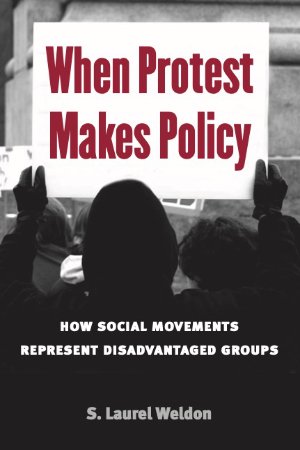By Suraj Lakhani, Jessica White and Claudia Wallner
The intersection between (violent) extremism and video-gaming – spanning across jihadist, farright, and other types of ideologies – is long-standing, though is an area that is under-researched. As part of this, particularly scant attention has been paid to the concept of ‘gamification’; i.e. the application of gaming and game-design principles within non-gaming environments (Lakhani and Wiedlitzka, 2022). The primary objective of this paper is to provide an understanding of how (violent) extremism can be (and has been) gamified, what emerging trends and future scenarios might be, and the potential influence (or lack thereof) that gamification has within (violent) extremism. On the basis of this understanding, this paper will outline relevant concepts of action through preventing and countering (violent) extremism (P/CVE) considerations and offer policy (and broader) recommendations on how to account for the element of gamification and potential actions to prevent and counter the phenomenon. Through existing literature and open-source materials – including academic articles, research reports, policy documents, newspaper articles, investigative journalism, government inquiries and previous relevant Radicalisation Awareness Network (RAN) Policy Support (PS) deliverables, etc. – this paper will investigate the following key questions: what is gamification of (violent) extremism, what are the current and future threats it presents to the European Union (EU), and how can it be countered? In order to address this, the paper is organised into the following sections. SECTION 1 (‘CONCEPTUALISATION OF GAMIFICATION’) Section 1 (‘Conceptualisation of gamification’) will provide a conceptual overview of gamification, including outlining a working definition, in order to provide a foundation for the remainder of the paper. This section will also outline the concept’s origins and examine how these can be applied to the context of (violent) extremism. There will additionally be a contextualisation of the phenomenon in regard to the threat of (violent) extremism within EU Member States (MS) overall. SECTION 2 (‘CURRENT AND FUTURE THREATS’) Section 2 (‘Current and future threats’) will discuss the potential ways in which (violent) extremism can be gamified, predominantly through outlining a range of current examples. These examples are by no means exhaustive, but do provide a sufficient overview regarding the types of gamification approaches taken within this context, by both (violent) extremist organisations and individuals. This section will conclude by considering the emerging trends and conceivable future scenarios in this field. SECTION 3 (‘ADDRESSING GAMIFICATION WITH P/CVE’) Section 3 (‘Addressing gamification with P/CVE’) outlines how gamified (violent) extremism can be addressed in P/CVE programming and whether or not it requires specifically tailored responses. This section will also inform discussions on whether current responses are fit for purpose and how these approaches potentially need to be tailored or evolve in order to deal with the threat posed by the gamification of (violent) extremism more effectively. SECTION 4 (‘POLICY AND RECOMMENDATIONS’) Section 4 (‘Policy and recommendations’) will then consider any current policy which relates to the gamification of (violent) extremism across EU MS. This will be followed by a number of relevant recommendations for policymakers stemming from existing research and literature. This includes providing recommendations for P/CVE based on promising approaches. This section will also discuss the current state of work in this area of study and make relevant research-related recommendations. CONCLUSIONS Finally, a ‘Conclusions’ section will discuss the potential value and limitations of gamification as a concept in relation to (violent) extremism. This is underpinned by the consideration of whether gamification is purposeful or relates to actions undertaken by those familiar with a particular subculture, i.e. gamers.
Luxembourg: Publications Office of the European Union, 2022 25p.




















